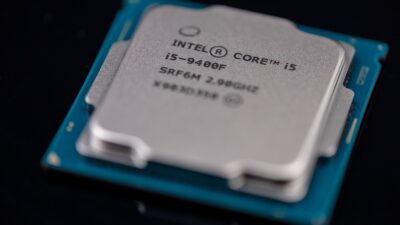The gaming landscape has evolved dramatically over the last few decades, with graphics and performance playing a central role in how games are developed and experienced. One name that stands out in this evolution is NVIDIA’s GeForce, a line of graphics processing units (GPUs) that has significantly influenced both game development and performance across a plethora of platforms. This article delves into how GeForce has become a pivotal player in reshaping the gaming industry.
The Rise of GeForce GPUs
Since its inception, GeForce has established itself as a premier brand for gamers, delivering high-quality graphics and powerful performance. The company’s GPUs have set industry benchmarks, making them the go-to choice for both casual gamers and professional eSports athletes. The launch of the GeForce 256 in 1999 heralded the age of 3D gaming, incorporating transformative features such as hardware transformation and lighting processing.
With each new generation, NVIDIA has introduced cutting-edge technologies, such as real-time ray tracing and AI-enhanced graphics. These innovations not only enhance visual fidelity but also push the boundaries of what developers can achieve, allowing for an immersive gaming experience that captivates players.
Impacts on Game Development
Enhanced Graphics and Realism
One of the most significant contributions of GeForce GPUs is the democratization of high-quality graphics in video games. Developers now have access to tools that harness the power of these GPUs, enabling them to create visually stunning environments and realistic character models. Real-time ray tracing, a feature introduced with NVIDIA’s RTX series, has become a game-changer, enabling developers to simulate how light interacts with surfaces in real-time. This level of detail results in games that look and feel more like real life.
Creative Freedom and Innovation
The robust capabilities of GeForce GPUs grant developers the creative freedom to experiment with different styles and techniques. With advanced features like NVIDIA DLSS (Deep Learning Super Sampling), developers can optimize game performance while maintaining high-resolution graphics. This technology uses AI to upscale lower-resolution images, delivering crisp visuals without the heavy computational load traditionally associated with high-end graphics.
This approach allows developers to focus on storytelling and gameplay mechanics rather than being constrained by hardware limitations, leading to a more innovative gaming ecosystem.
Support for Indie Developers
GeForce has also played a crucial role in supporting indie game development. Through initiatives such as the Nvidia Developer Program and collaboration with platforms like Steam and the Epic Games Store, NVIDIA has provided resources and tools to smaller developers. These efforts ensure that indie titles can achieve visuals and performance that rival those of major studios, fostering a diverse gaming landscape.
Performance and Gaming Experience
High Frame Rates and Low Latency
For gamers, performance is paramount. GeForce GPUs are designed to deliver high frame rates, low latency, and smooth gameplay, which is especially critical in competitive scenarios. Technologies such as G-SYNC help synchronize the refresh rates of monitors with the GPU’s frame rates, eliminating screen tearing and providing a seamless experience.
Optimizations for Popular Titles
NVIDIA’s partnerships with major game developers allow for optimizations in popular titles. This extends to exclusive features in AAA games, such as enhanced graphics settings that fully utilize the capabilities of GeForce GPUs. Titles like "Cyberpunk 2077" and "Minecraft" have implemented ray tracing and DLSS, showcasing the strength of GeForce technology in delivering stunning visuals along with smooth gameplay.
Streaming and Content Creation
Beyond gaming, GeForce has made significant strides in the realm of content creation. With the increasing popularity of game streaming on platforms like Twitch and YouTube, NVIDIA’s technology enables gamers to live-stream in high quality without sacrificing performance. The GeForce Experience software also allows for easy recording and editing of gameplay footage, bridging the gap between gamers and content creators.
Conclusion
As the gaming industry continues to evolve, NVIDIA’s GeForce line remains at the forefront, driving advancements in graphics technology and performance. By enabling developers to realize their visions and providing gamers with immersive experiences, GeForce has carved its niche as an integral player in the world of gaming. As we look ahead, it will be fascinating to see how GeForce continues to influence game development, push technological boundaries, and enhance the overall gaming experience for future generations.

